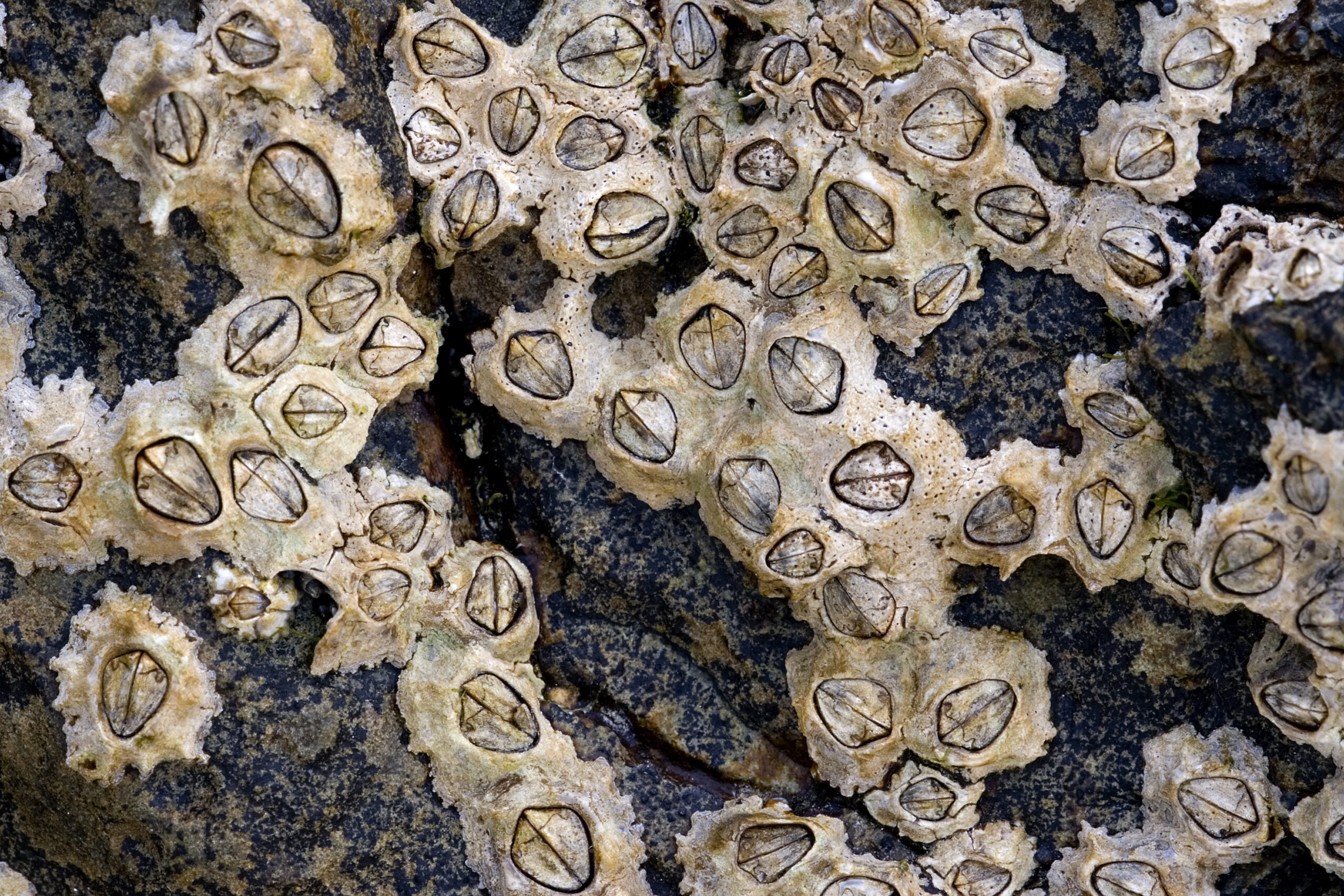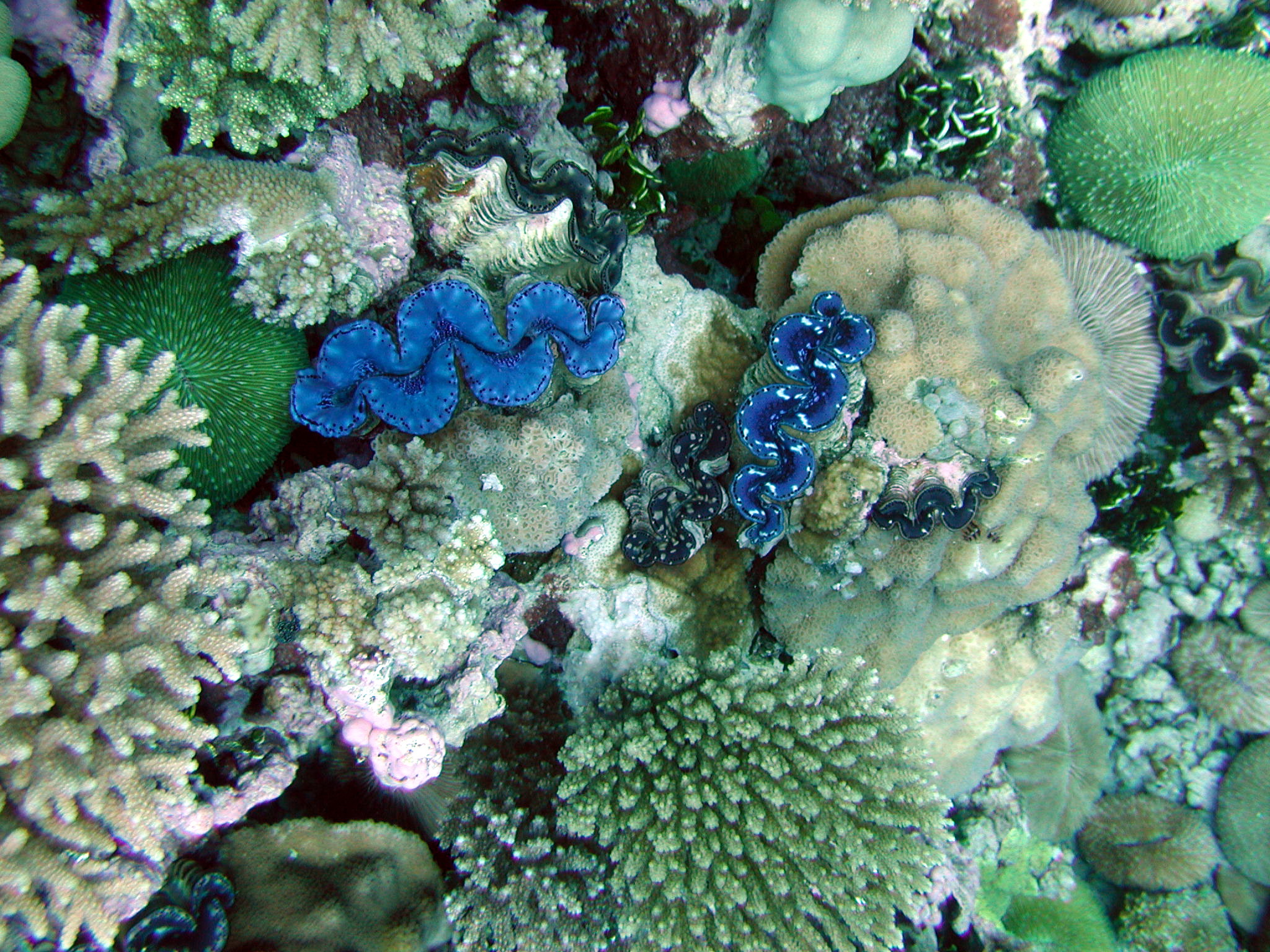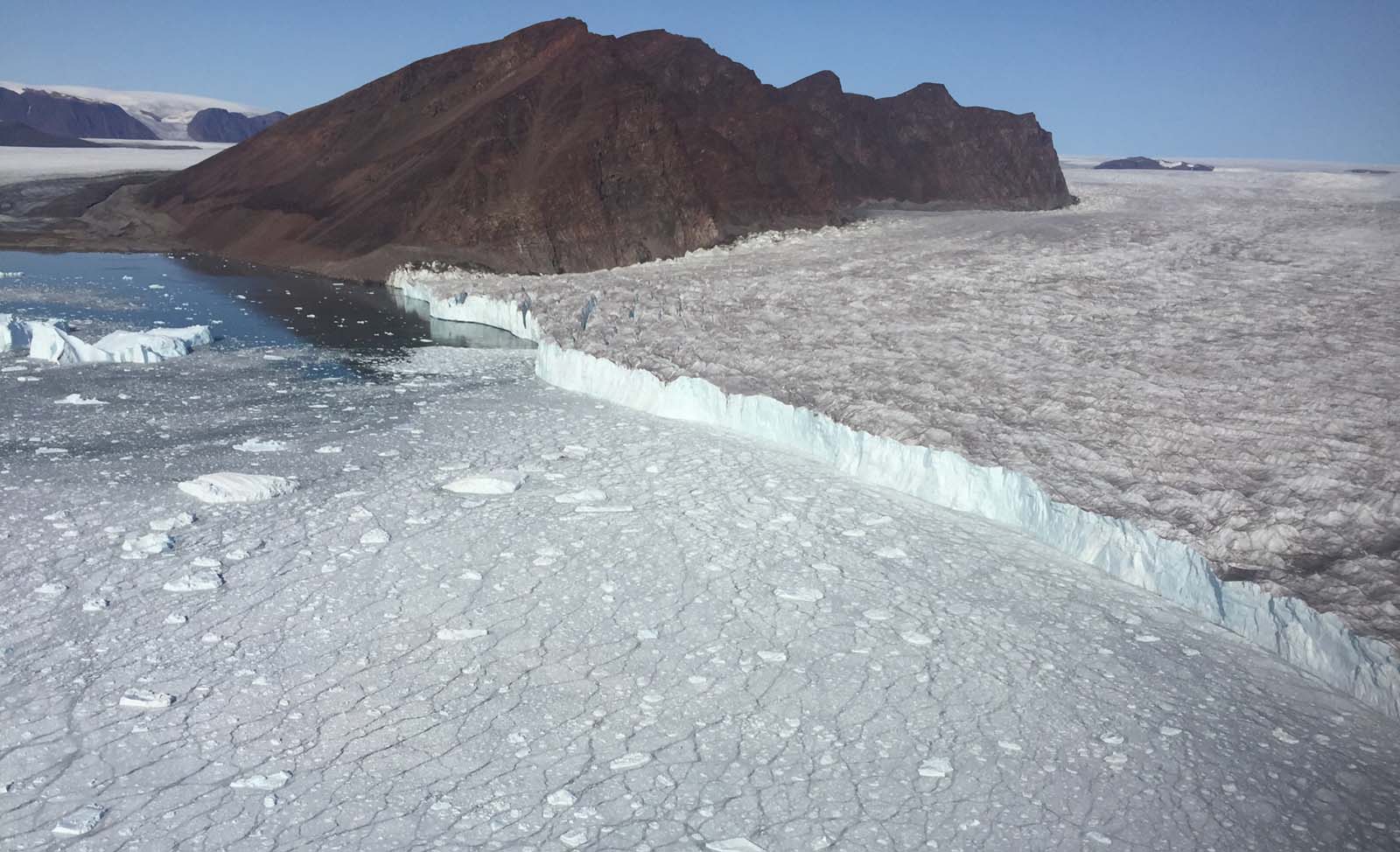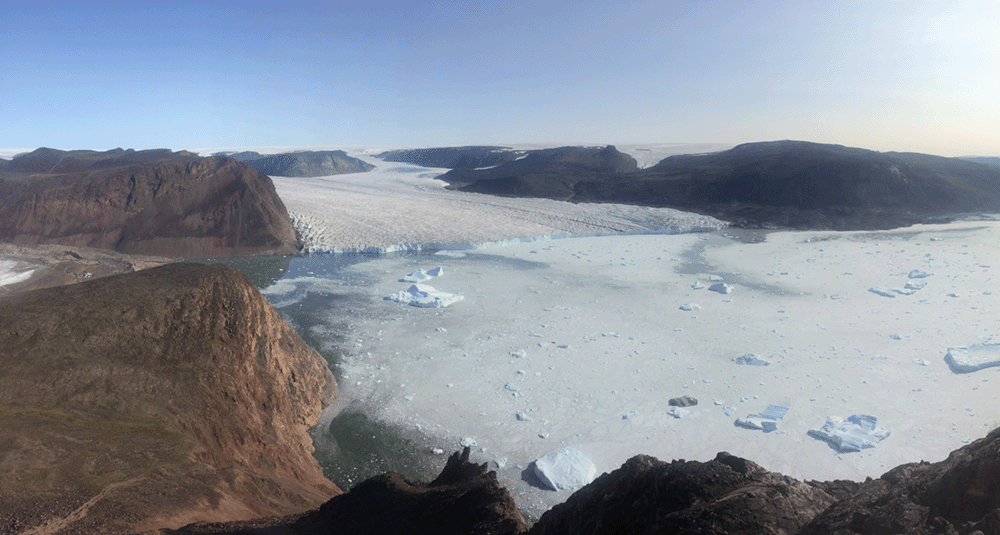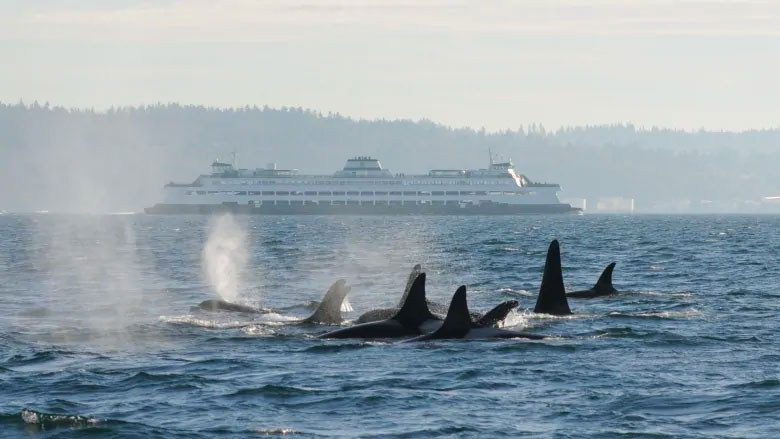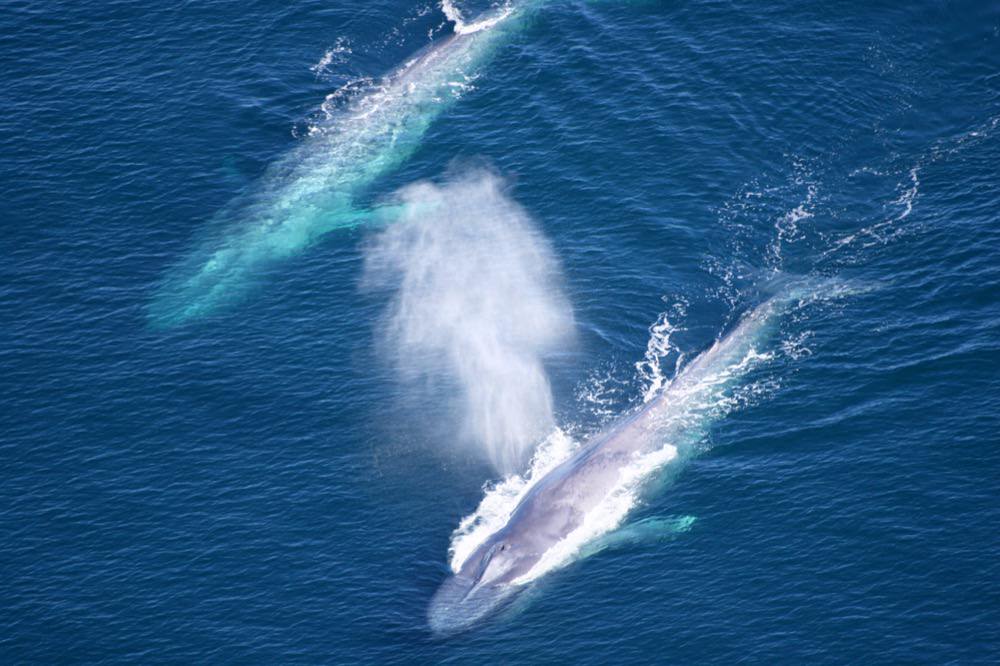How “Fight or Flight” May Affect Marine Mammal Vocalizations – April 4, 2025
Orca (Orcinus orca) in Haines, Alaska, United States. Photo credit: Christopher Michel Scientists have proposed several hypotheses, including fight or flight (Ford & Reeves, 2008), for how killer whale (Orcinus orca) predation has influenced baleen whales and broader ecosystems. Southern right whales have a robust body shape, with girth sometimes [...]

